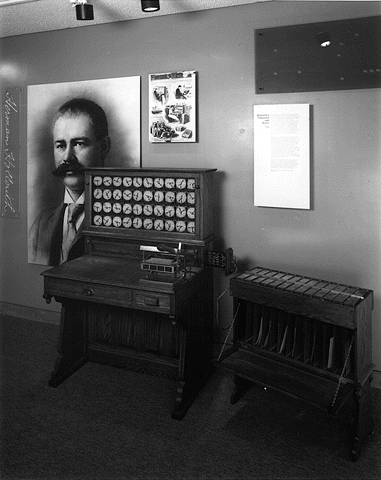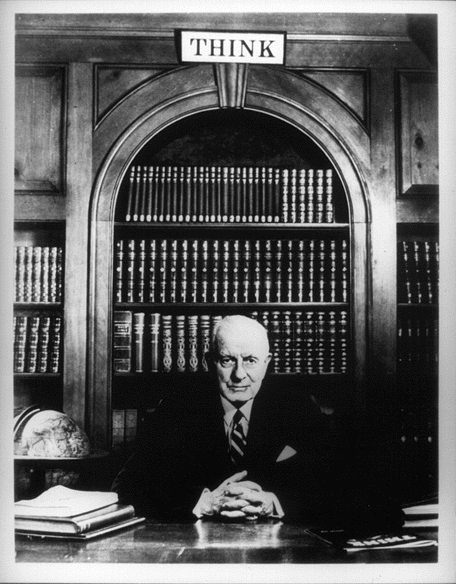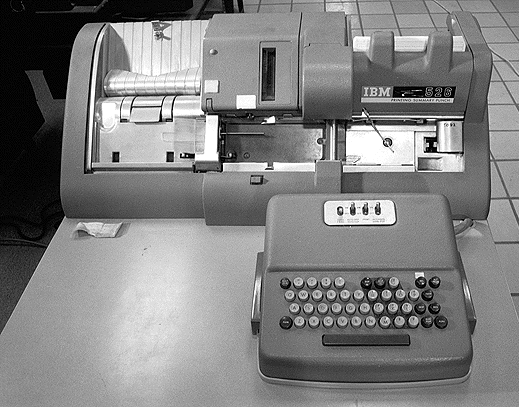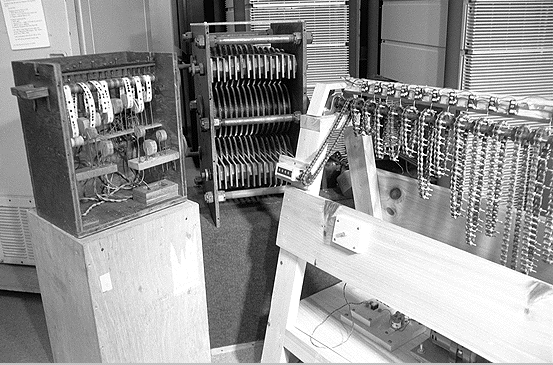Once upon a time, "computers" were people who computed, not computing
machines. Mechanical devices helped make the
people more reliable and faster than a reckoner who had only pencil and
paper.
For instance, the 1895 Swiss
"Millionaire"
The
Comptometer
One of the direct ancestors of the computer
was the handsome
Hollerith census
machine,
But as a business, Hollerith's "Tabulating
Machine Corporation" had a less than stellar
business plan: they had only one product,
and one major customer that bought every 10
years. Hollerith gradually made the transition
to supplying general office machines based on
the same technology, and diversified the
product line by merging with a computing
scale company and a time clock company,
calling the result CTR ("Computing-Tabulating-
Recording") Company. Hollerith's health was
failing and he retired in 1911 with about a
million dollars, which was serious money in
those days.
It took a consummate salesman fired from
National Cash Register in 1911 to rename the
company "IBM" in 1924 and create the
dominant force in computers for many
decades. That salesman was
T.J. Watson,
IBM started before the invention of the
electronic computer. Its products were electro-
mechanical machines designed primarily for
office automation, based on Hollerith's
punched card. Here are machines used for
punching,
IBM's business model was brilliant: instead of
selling machines, they leased them and so
created a recurring revenue stream. And,
they sold the "razor" for your "shaver" as
well: in 1930 IBM sold 3 billion of those
punched paper cards, accounting for 10% of
their revenue and 35% of their profit.
The drive toward fast electronic computers
with no moving parts was natural and
unstoppable, but some people still enjoyed
tinkering with homebuilt computers made out
of more unusual technology. Here are three
examples, constructed as early as 1932, by
Prof. Derrick Lehmer at the University of
California at Berkeley. One is built from bicycle
chains and screws, one from industrial gears
and toothpicks, and one from 16mm film strips
and wooden bobbins.
Lehmer's Sieves,
"A Walk Through 'Visible Storage'", section 1 of 6,
by LEN SHUSTEK
From "CORE 2.3", a publication of
The Computer History Museum.
Forward,
Backword,
Table of Contents,
Docent Page
EARLY COMPUTING
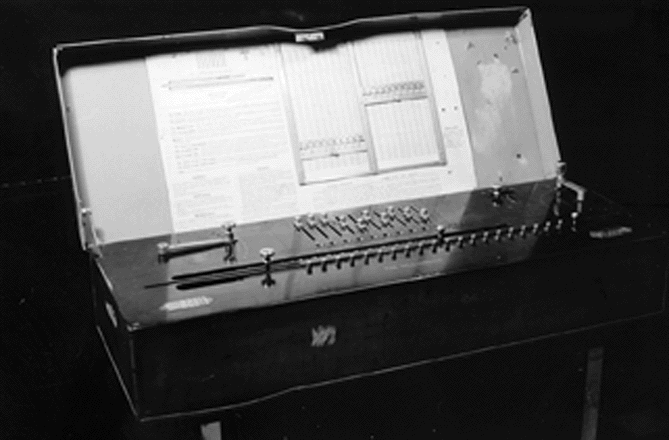
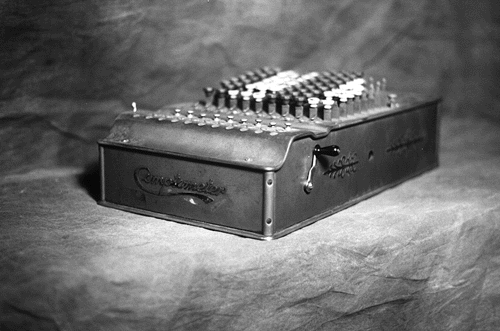
ANCESTRAL BEGINNINGS
